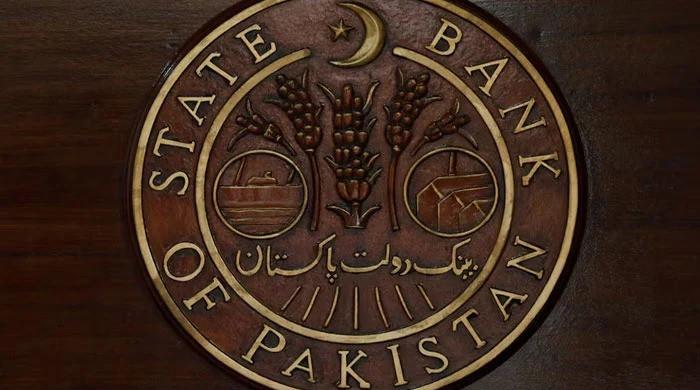US Federal Reserve makes larger half-point cut in first reduction since 2020
Rate cut will affect rates at which commercial banks lend to consumers and businesses, bringing down borrowing cost
September 18, 2024

- News likely to be positive for Democratic candidate Kamala Harris.
- Policymakers voted 11-to-1 in favour of lowering benchmark rate.
- Analysts expected Fed to take dovish stance as inflation has eased.
The US Federal Reserve cut its key lending rate by half a percentage point Wednesday in its first reduction since the onset of the Covid-19 pandemic, sharply lowering borrowing costs shortly before November's presidential election.
The Fed's decision will affect the rates at which commercial banks lend to consumers and businesses, bringing down the cost of borrowing on everything from mortgages to credit cards.
The news will likely be well-received by Democratic candidate Kamala Harris, who has looked to highlight President Joe Biden's economic record in her race against Donald Trump.
Policymakers voted 11-to-1 in favour of lowering the US central bank's benchmark rate to between 4.75% and 5%, the Fed announced in a statement.
The key holdout was Fed governor Michelle Bowman, who supported a more conventional quarter-point cut.
Fed 'gained greater confidence'
The Fed said its rate-setting committee "has gained greater confidence that inflation is moving sustainably towards 2%, and judges that the risks to achieving its employment and inflation goals are roughly in balance."
The bank has a dual mandate from Congress to act independently to tackle both inflation and employment.
Analysts were expecting the Fed to cut rates on Wednesday, as inflation eases toward the bank's long-term target of two percent, and the labour market continues to cool in the surprisingly resilient post-Covid economy.
But they were highly uncertain about the size of the move, with some anticipating a small cut of a quarter of a percentage point, and others predicting a more significant half-point cut, which carries a greater risk of reigniting inflation.
In updated economic forecasts published alongside the Fed's rate decision, policymakers' median forecasts pointed to an unemployment rate of 4.4%, on average, in the fourth quarter of this year, up from 4% in the last update in June.
They also pencilled in an annual headline inflation rate of 2.3 percent, slightly lower than in June.
The decision to cut more sharply, to begin with, caught some analysts by surprise.
"In our base case, the Fed cuts 25bp (basis points) but signals 100bp of cuts this year with the median 2024 'dot'", economists at Citi wrote in an investor note published ahead of the rate decision.
Election stakes
The Fed's mandate gives it the independence to set monetary policy solely based on economic data.
But its decision will likely have political ramifications, given the importance of inflation and the cost of living to US consumers.
Americans have consistently said both are a top concern ahead of the election.
Trump has repeatedly criticised Fed Chair Powell, who he first appointed to run the Fed, and has suggested that its decisions are political — accusations the US central bank has strongly refuted.









